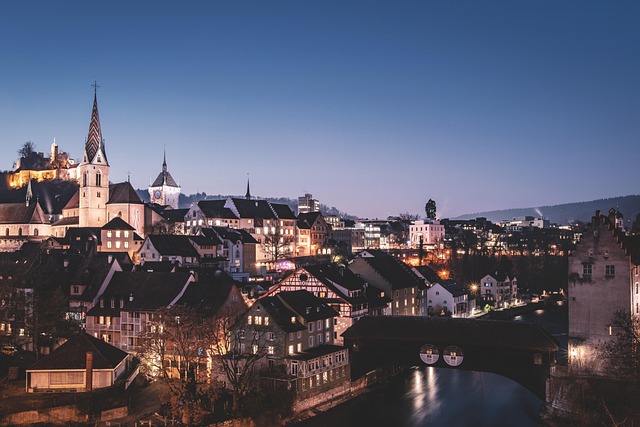The art of photography has always been a powerful medium for capturing moments and conveying emotions, but when it comes to historical lighting, the magic truly comes alive. With the click of a shutter, photographers can immortalize the beauty found in the interplay of light and shadow, recreating the ambiance of bygone eras and allowing us to travel back in time through the lens of their cameras.
Imagine stepping into a grand, candlelit hall where flickering flames cast dancing shadows against the walls, or walking through a sun-drenched room where rays of light spill through stained glass. This is the essence of historical lighting—it tells stories, evokes nostalgia, and captivates the observer’s imagination. Photographers who specialize in this art form masterfully manipulate their cameras and optics to capture the ambience that defined different time periods.
Utilizing various photography techniques, such as long exposures and specific aperture settings, artisans in this field can recreate the dramatic effects of historical light. Working with vintage lenses can also add a unique charm to their photographs. These optics can soften the image, imparting a dreamy quality that mirrors the aesthetics of earlier times. The challenge lies not just in capturing an image but in preserving the emotional essence that light brings to a scene.
For those seeking to explore this fascinating genre, understanding the different lighting sources is essential. From the soft glow of oil lamps to the starkness of midday sunlight, historical lighting presents a wealth of opportunities to experiment with mood and tone. A skilled photographer can evoke a sense of longing or tranquility simply by altering their light source and playing with contrast.
Moreover, time of day plays a crucial role in the art of photography. The golden hour—just after sunrise or before sunset—offers an ethereal light that has captivated artists for centuries. During this fleeting moment, the world is bathed in warm hues, making it the perfect time to capture the essence of historical lighting. Every shot taken during this magical hour feels like a brushstroke on a canvas, where light emerges as the artist’s primary medium.
The richness of historical context can also inform the photographer’s choices. Understanding the era you’re representing influences everything from the composition to the selection of props. For instance, when photographing a Victorian-style room, using rich, deep colors and softer lighting can add authenticity to the image, immersing viewers into that time and place.
As technology evolves, the tools available to photographers have greatly expanded. While traditional film photography holds a nostalgic allure, digital photography offers instant feedback that allows artists to play and refine their techniques in the moment. The development of software tools has also made it possible to manipulate light and shadow post-capture, further enhancing the storytelling aspect of their work.
Ultimately, the fusion of historical lighting and photography finds its beauty not only in capturing scenes but in producing works of art that evoke strong emotional responses. Every photograph is an invitation to reflect on the past, compelling us to engage with history in a way that resonates deeply within us. Therefore, the journey of mastering this art is not just about the technical skill of using a camera but also about connecting emotionally with the light and space we seek to immortalize.




